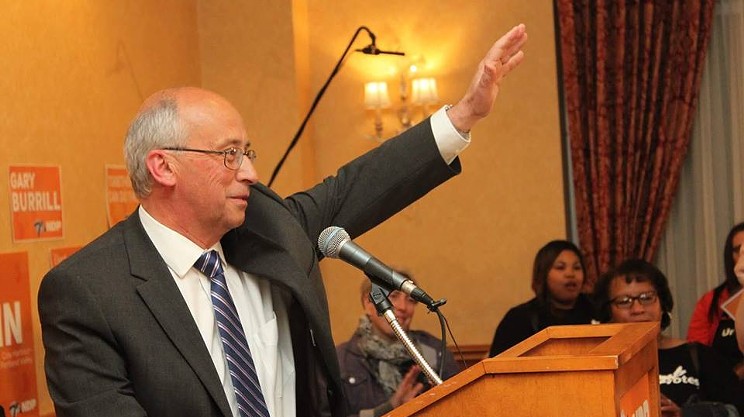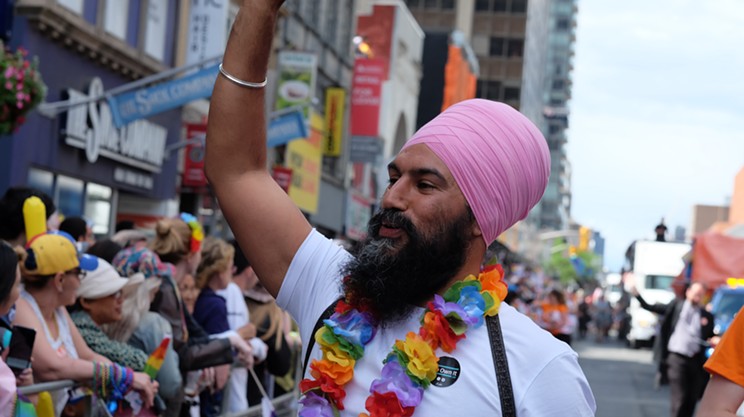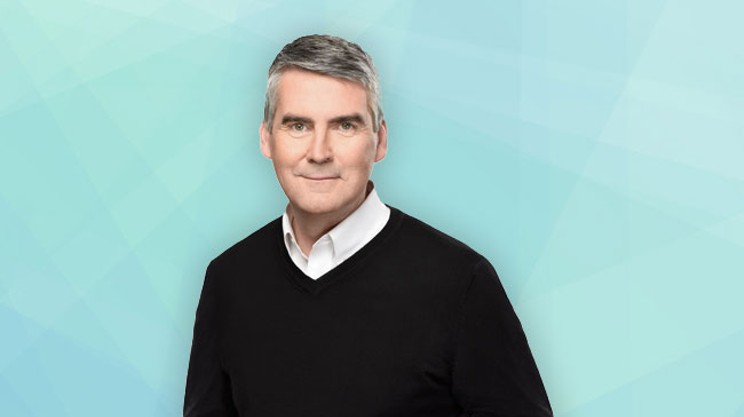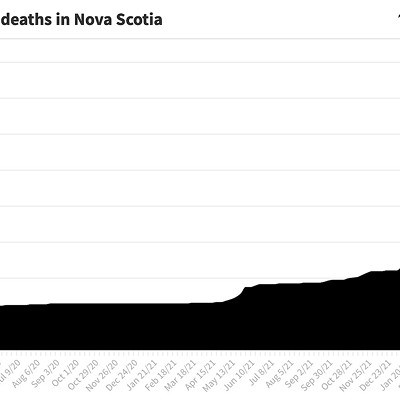So it’s the homestretch of the provincial election and a guy, a proud NDP supporter, asks Gary Burrill how it’s all going.
“We’re going to put our head down and give her all we’ve got,” the party leader replies.
The guy, Burrill later recalls, wasn’t too impressed with that answer.
“Oh no, Gary,” he says. “That won’t do. You’ve got to give it more than everything you’ve got.”
Four years ago the NDP government was demolished, it’s supporters decimated, the party left clinging to life. But what’s past is prologue. The implosion, and a lengthy leadership
This is a rare moment for the province, says Burrill. One that “calls for the opposite of the cutting back, and pruning back and taking away” that’s been the flavour of the Liberals. The Darrell Dexter’s government doesn’t come up when knocking doors, not because people have forgotten—or forgiven—but because it’s just not the issue of the moment.
“There have been these great betrayals,” says Burrill.
“A tidal wave of opportunism has washed away whatever Liberal principles may have at one time existed in that party.”
Both Stephen McNeil and PC leader Jamie Baillie stand, very clearly in Burrill’s eyes, for the belief that a government’s priority is generating budgetary surpluses. This NDP feels differently. The party’s platform boasts a $15 minimum wage, free NSCC tuition and hundreds of millions of dollars in food security, healthcare and education programs. All of it paid for by running substantial deficits.
“We do not shy away from making those investments because they involve some short- and medium-term red ink,” says Burrill.
The bullish spending is ironically a very Liberal strategy—albeit the federal Liberals. Governments in Nova Scotia are often divorced from their party colours, and the Stephen McNeil government was steeped in the kind of conservative fiscal philosophy more reminiscent of Stephen Harper than Justin Trudeau. A “dinosaur-ish, lost in the ‘90s kind of economics,” according to Burrill.
“I think the Liberal tradition is an honourable tradition,” he says. “But it is a tradition that is utterly non-existent in the Liberal party of Nova Scotia.”
Nobody wins an election just from tearing down the opposition, though. The new New Democrats need to sell a future at once both ambitious and achievable. The biggest obstacle here, now, for the NDP is brand recognition. Burrill’s in the depths of his first election as leader. His face, his name and his voice are still an unknown to many voters. On one of those fronts, at least, some progress is being made. People are starting to mob him for selfies.
“When you’re bald-headed and 61, that’s quite exciting.”
The digital impressions will hopefully translate into votes. The NDP walked into the election with only four re-offering incumbents. The party will likely want to pick up a couple ridings and put their leader in the legislature to count this campaign as a win.
Burrill will need to defeat Joachim Stroink, John Wesley Chisholm and Casey Meijer in the battle for Halifax Chebucto or risk once again being a leader without a seat at Province House. That’s not a great image for a party looking to build back its momentum.
“Look, this is not for me to say,” Burrill says about his post-election plans should he not pull off a win. “What I’m excited about is the trajectory, that for some time now has been about our having an increasing confidence with people.
“It’s all, in politics, in the trajectory.”
-Nearly $1 billion in deficits over four years, without any increases to the net-debt-to-GDP ratio.
-Eliminate NSCC tuition fees and cut university tuition by 10 percent.
-Raise minimum wage to $15 an hour, and spend $165 million on food subsidies for low-income families.
-Opening seven new collaborative emergency centres to help end ER closures.
-Reinstating the former film tax credit program, at a cost of $123 million.
-Introduce an Environmental Bill of Rights to guarantee clean air and water, and legislate a hard greenhouse gas emission reduction target for 2030.
























